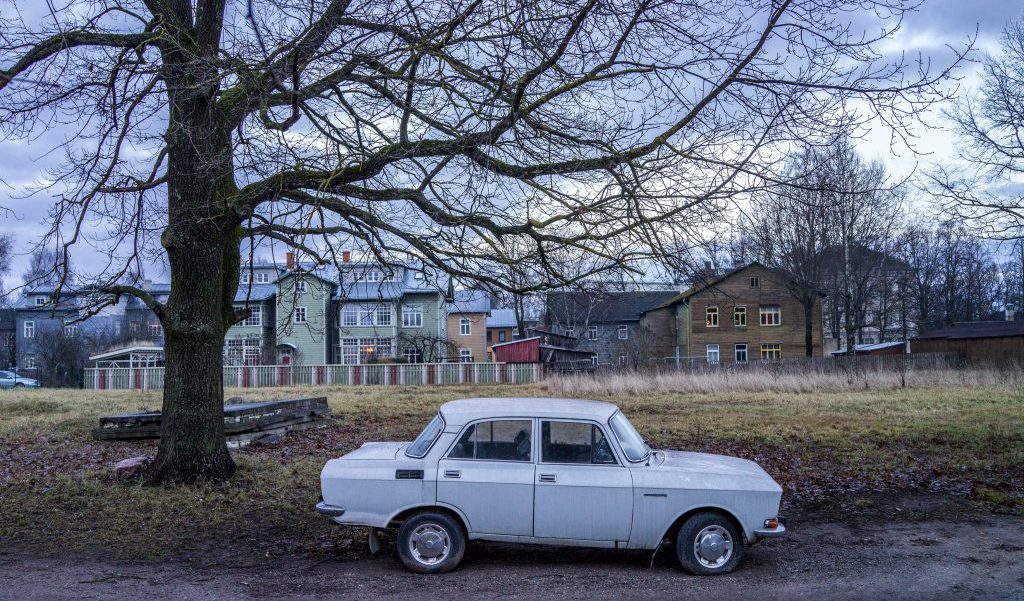While Estonia has made respectable progress over the years, a quarter of a million people are still relatively poor.
According to Statistics Estonia, 21.1% of the Estonian population – nearly 276,000 people – lived in relative poverty in 2016. The number dropped slightly, however – by 0.6% compared with the previous year.
Had it not been for the state benefits and pensions, almost 40% (39.2%) of the population would have lived in relative poverty.
In Estonia, a person is considered to live in relative poverty if their monthly disposable income is below €468 (as of 2016).
Compared with 2015, the relative poverty of children, young and middle-aged people decreased, but it increased in the case of the elderly. A whopping 41.8% of people aged 65 and over lived in relative poverty.
The statistics clearly proves that a higher level of education is an important prerequisite for the prevention of poverty. The relative poverty rate of people with higher education was 13%, while among those with basic education or lower the rate was 36.7%.
I
The cover image (Vaksali, Tartu) is illustrative (image by Tõnu Runnel).

